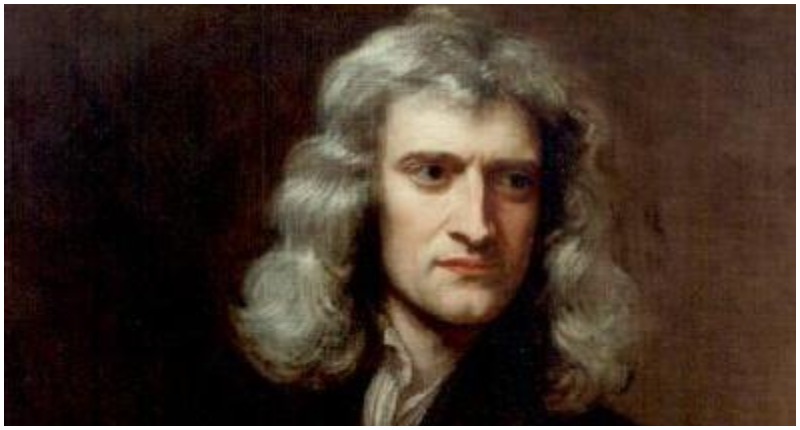Sir Isaac Newton is a world-famous icon of science. The publication of his Philosophiae Naturalis Principia Mathematica (Mathematical Principles of Natural Philosophy) in 1687 proved earth-shattering for science.
In it, Newton cracked open the secrets of numerous aspects of the physical world, such as the laws of motion and universal gravity.
During his lifetime, Newton also helped to formulate the theorem of calculus and significantly contributed to the knowledge of optics. When he died at the age of 84, Newton was well known and respected.
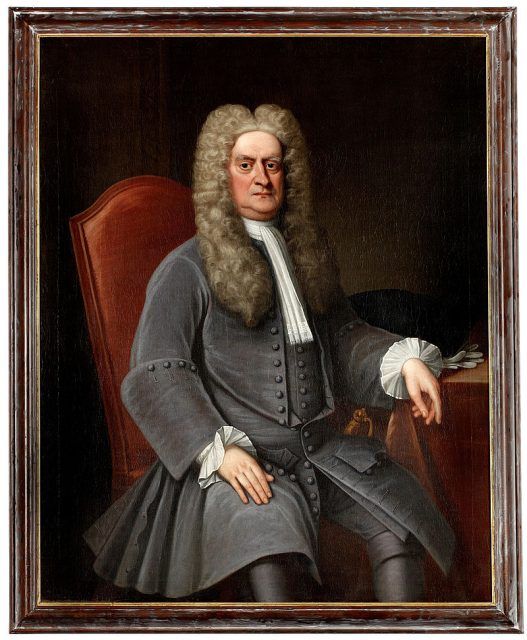
However, to his grave he carried a set of knowledge that his contemporaries would have deemed dangerous. Something which he preferred to conceal from the alert, scrutinizing eye of the public — a huge pile of writing that was “unfit to publish.”
Newton’s academic interest extended from mathematics and physics to the study of the Bible, as well as texts that belonged to the branch of alchemy, or as the 17th century world preferred to say, “chymistry.”
Newton authored vast amounts of pages that spoke on more esoteric topics. Some of it included notes on his laboratory work or analysis of various substances. Also, he wrote transcriptions of medieval and ancient authors, including material produced by the occult sects of late-ancient Alexandria.
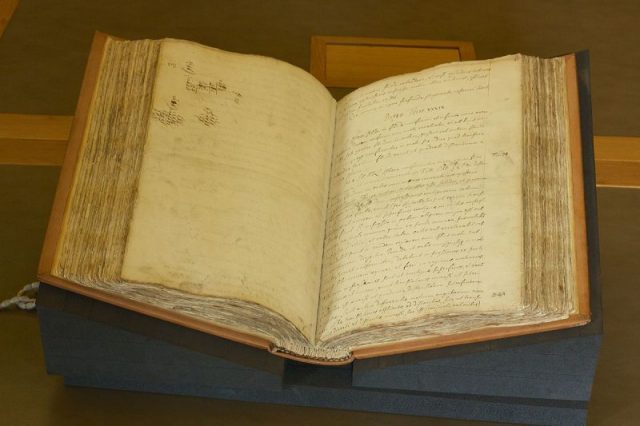
While Newton sometimes relied on the knowledge of alchemy when he formulated some of his great theories and ideas, he never felt comfortable to share with the world that he had tapped into that kind of knowledge as well.
He concealed this aspect of his career as he wanted to avoid facing harsh criticism. His secret was well kept by those who inherited the complete output of his research.
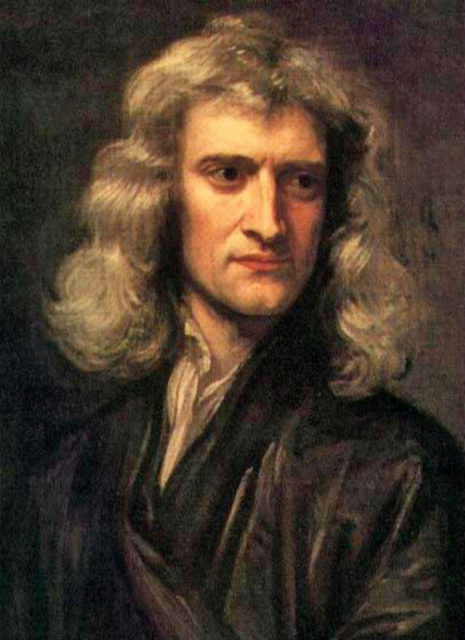
It wouldn’t be until 1936 when Newton’s Corpus Obscura finally saw the light of day, at a Sotheby’s auction. The manuscripts, which were displayed in a total of 329 lots, were consigned by Gerard Wallop, the 9th Earl of Portsmouth. He had obtained the material from Newton’s family where they remained sheltered for two centuries.
One of the people who eagerly sought to check Newton’s secret writing was John Maynard Keynes, a famed British economist of the early 20th century, who eventually declared that “Newton was not the first of the age of reason, he was the last of the magicians.”
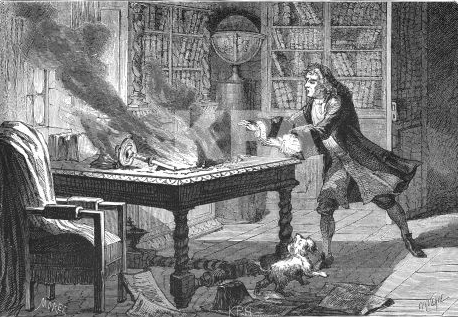
For the average 18th century mind, the contents of those manuscripts would have been interpreted as heresy. An endless source to denounce the figure and legacy of Newton. The material presents Newton’s personal views on religion, both complex and controversial.
The English scientist subscribed to the idea of non-Trinitarianism, which, in short means that Christ and God cannot be equal in their power.
Newton presumed that God did create the universe as a type of machine, and since God was this divine creator of something so huge, he remained present to adjust how the system he created functioned. In this context, studying the way the universe worked was a sort of spiritual undertaking for Newton.

As he read through the Bible, Newton sought to decode secret meanings embedded there by the Bible authors, who he believed were directly connected with God. For instance, in the descriptions of the Temple of Solomon, Newton searched for extraordinary meanings. He deemed that King Solomon built the temple with divine help.
He even added a chapter on the temple in his piece entitled “The Chronology of Ancient Kingdoms Amended” as for him the temple was more than just a splendid architectural gem. The temple’s geometry journaled ancient Jewish history.
In the Bible’s prophetic books, Newton further looked for signs he could use to really foresee the future. Principally he aimed at finding out when the Second Coming will happen so that humans can prepare. His bid was that the world as we know it will end around the year 2060.
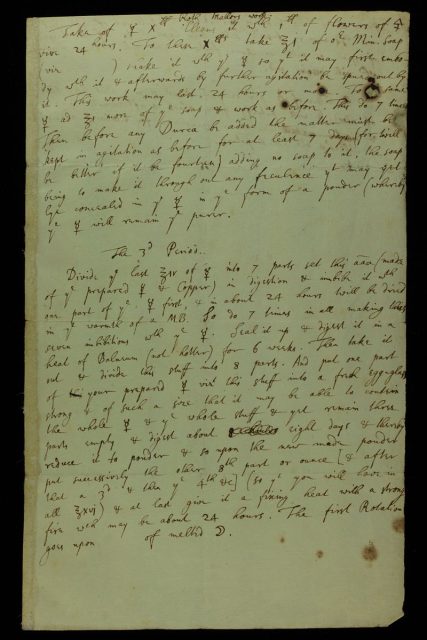
In legacy to future generation who would accept the same research challenges as he did, Newton also worked on interpretation tools to decode the esoteric information left in the Bible. He believed that part of this knowledge was left there for the redemption of the humankind.
To give an idea of how much time Newton spent studying the Bible — he dedicated way more time on the holy scriptures than he did on his most famous scientific discoveries.
Newton dedicated another tremendous effort in studying and writing on the matter of alchemy, the Middle Age discipline which had a principal task to devise the philosopher’s stone that had magical properties. Alchemy eventually led to the commencement of chemistry.
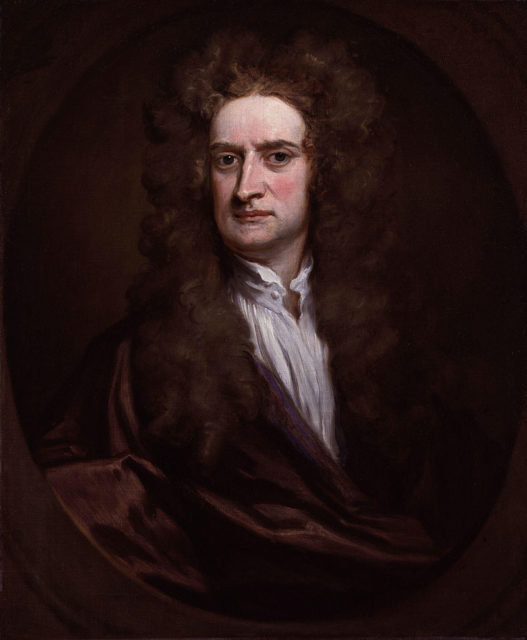
Newton studied ancient Greek literature in his bid to find a pure alchemic formula. He even wrote alchemical poems. However, portions of the alchemical writing Newton authored has been lost in a fire that engulfed his lab one day.
What did survive was a great deal of transcription of alchemy texts from other authors. We can only wonder precisely what he was thinking when he was going through these texts, sometimes producing multiple copies of them.
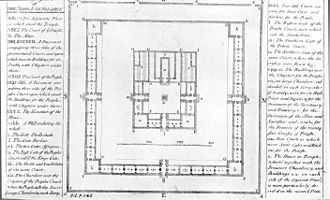
With an extensive output that borders on the obscure, it is easy to question if Newton was somewhat crazy and foolish. Was he wasting his brilliant mind on obsolete things instead of figuring out more science?
Knowing Newton, it was just his admirably curious mind. He used any method at his disposal at the time to understand the principles of nature and the universe.
Had he not had such curiosity to delve deep, had he not been dedicated to everything that stirred his interest including all things occult, perhaps he would have never devised many of his most significant findings. Sir Isaac Newton, after all, is one of the most brilliant minds that the 17th century ever produced.
Read another story from us: The Codex Gigas Contains the Most Famous Medieval Image of Satan
Newton’s obscure corpus of writing can today be accessed via several platforms. One of them is the Newton Project backed by the U.K. Arts and Humanities Research Board. Another one is The Chymistry of Isaac Newton Project backed by the U.S. National Science Foundation.
